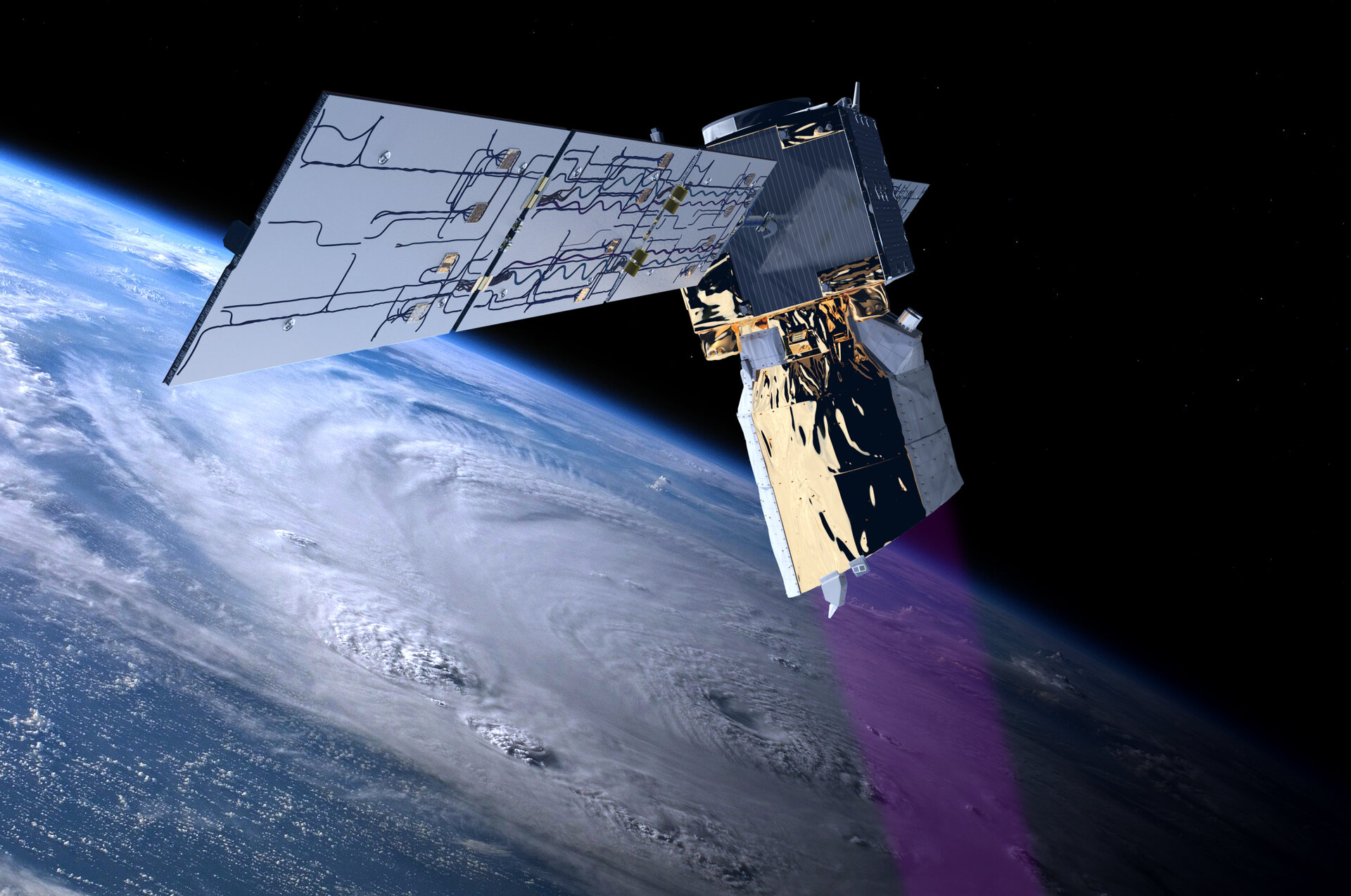For the first time, the European Space Agency (ESA) has successfully completed an operation to crash a satellite to Earth in a controlled manner. Much of the satellite burned up in the atmosphere, but debris also fell into the Atlantic Ocean.
The re-entry was directed by a team of space engineers and specialists, which carried out a series of complex manoeuvres over the past few days to allow the satellite to enter Earth's atmosphere in the right place. It was the first time ESA did such an operation.
"Good morning all. It has been confirmed that the Aeolus weather satellite reentered Earth’s atmosphere on 28 July at around 21:00 CEST above Antarctica in an assisted reentry that it was never designed to do," ESA announced via social media on Saturday morning.
After five years in space, the European weather satellite Aeolus had reached the end of its life. Normally, satellites without fuel sink out of orbit little by little, eventually falling back to Earth uncontrollably.
That was also the intention for Aeolus, but ESA decided last year to save the last remnants of fuel anyway, hoping to be able to adjust the satellite up to the last moment and make a controlled crash. Smaller satellites normally burn up completely in the atmosphere during re-entry, but with larger satellites, such as Aeolus, debris can also hit the ground.
The risk of such debris falling on a building or on someone's head is extremely small (1 in 10,000, according to some estimates), but not zero. According to ESA, the risk of accidents is another 42 times lower with controlled re-entry. Therefore, the agency wanted to put more effort into it.
"With rockets, this has been happening for some time," space engineer Stijn Ilsen told VRT. "Usually they are actively sent to fall into the ocean after launch. Rocket stages are very sturdy and so do not usually burn up in the atmosphere. This is now the first time ESA is trying the same thing with a satellite. You can see this as an experiment to deal more responsibly with space debris in the future."
Related News
- Watching weather in detail: New satellite for more accurate forecasts
- ESA's Aeolus satellite set to crash to Earth on Friday
- European Satellite Euclid launches on mission to "revolutionise galactic mapping"
According to ESA, there are currently around 10,000 devices in space, of which 2,000 are no longer operational. "Every year about 100 tonnes of man-made space debris falls back to Earth," Holger Krag, head of ESA's space debris department, said at a press conference. "And every week large debris re-enters Earth's atmosphere."
So far, this has never resulted in damage or injuries but as more and more satellites are launched, the risk does increase.
Aeolus is comparable in size to a small car and weighs about 1,000 kilograms. ESA estimates that about 20% of the satellite will not burn up during re-entry and will crash into the sea – amounting to about 200 kilograms of unburned debris.
The debris will come down in the Atlantic Ocean, in an area with no islands and little shipping traffic.

